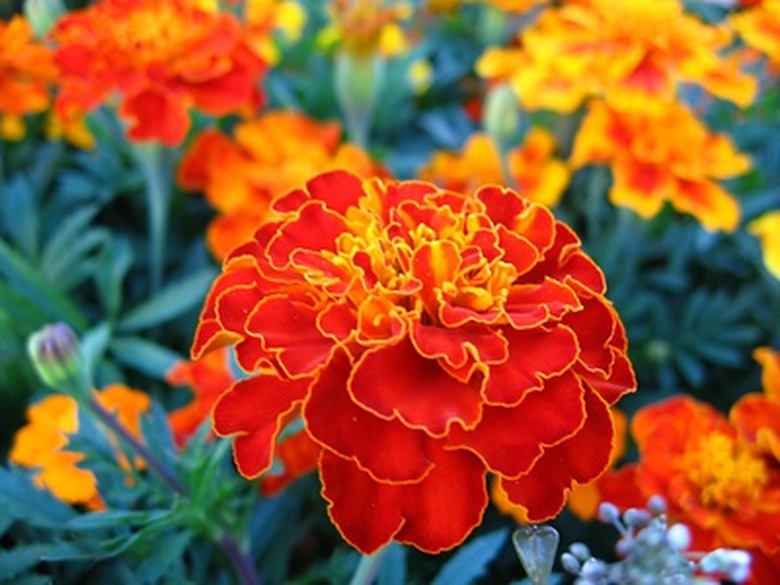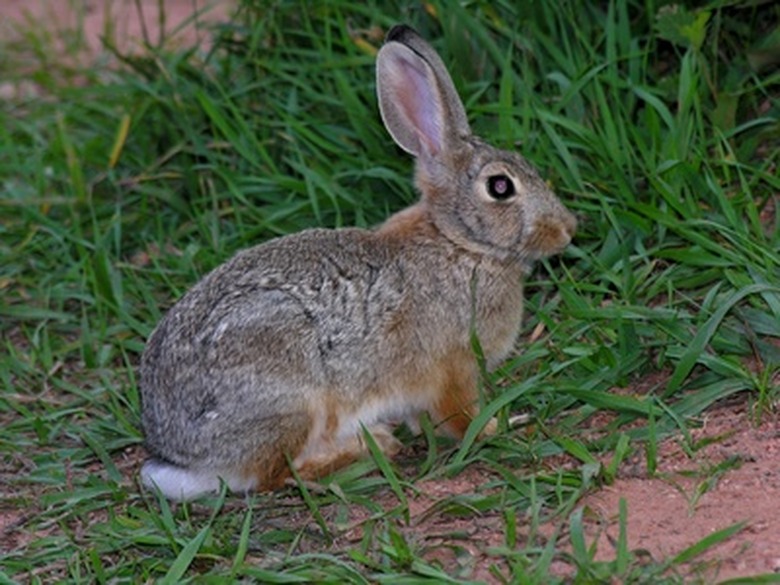Marigolds As A Pest Control
Marigolds grow approximately 6 inches tall in a mounded shape. They are considered a tender annual with a strong susceptibility to cold. Flowers appear in yellow, red, orange, maroon and cream depending on the variety. The foliage is fine and feather-like in appearance. Marigolds require very little care once planted. They have been used in the garden as a successful pest repellent for centuries.
Marigold Smell
The smell of the marigold flower is quite pungent. It is believed that the strong smell often confuses flying insects, which aids in repelling pests. Marigolds are commonly planted beneath tomato plants and bell peppers to repel white flies. The smell also seems to repel carrot flies, which often attack garden carrots.
- Marigolds grow approximately 6 inches tall in a mounded shape.
- Marigolds are commonly planted beneath tomato plants and bell peppers to repel white flies.
Beans, Cucumbers and Marigolds
Marigolds are often planted between the rows of a variety of beans to ward off beetles and spider mites. Planted at the base of trellised cucumbers, marigolds protects them from numerous pest infestations.
Mexican Marigolds
Mexican marigolds are believed to have an even stronger and more pungent smell than other marigold varieties. It is a common practice to ring the entire garden in Mexican marigolds to help drive off foraging rabbits who do not like the smell.
Marigolds and Nematodes
Nematodes are unsegmented roundworms that readily consume the roots of vegetables and plants. Marigold roots release a substance called alpha-terthienyl. This chemical damages and repels nematodes. The University of Florida IFAS Extension suggests spacing marigolds every 7 inches for nematode control. Marigolds must be planted before the vegetable crops to have an effect. It is suggested that marigolds be planted two months before the vegetable crops to offer adequate nematode control.
- Marigolds are often planted between the rows of a variety of beans to ward off beetles and spider mites.
- The University of Florida IFAS Extension suggests spacing marigolds every 7 inches for nematode control.
Hybrids and Smell
Many marigold hybrids have been cultivated without the smell. These hybrids offer no pest-repellent abilities and should be avoided. They were designed because many gardeners have found the smell of marigolds offensive.


